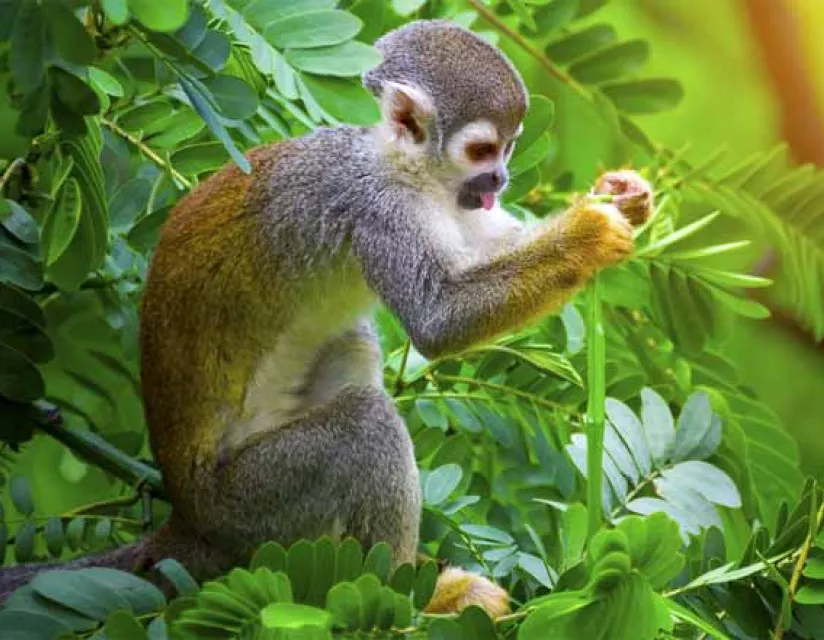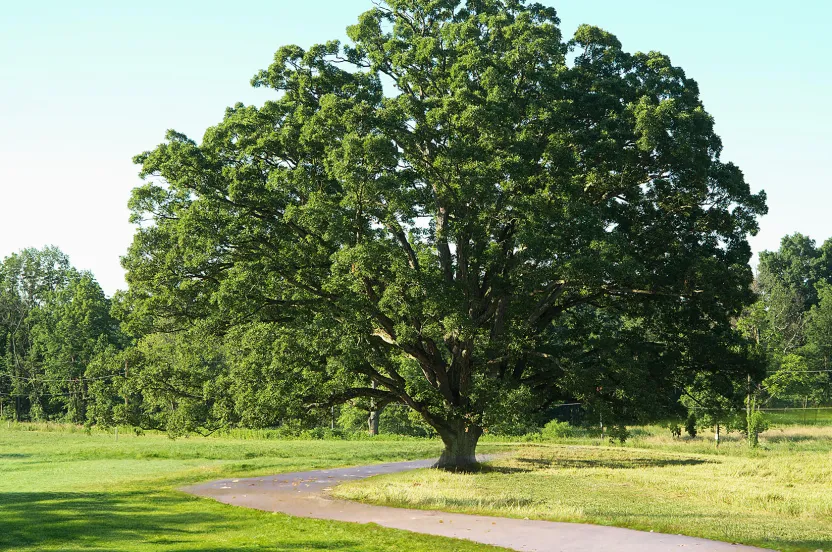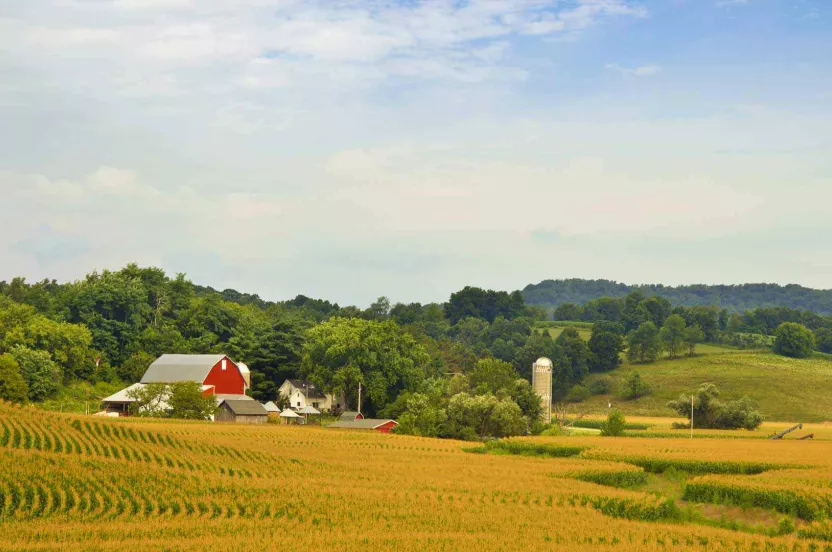Give before midnight on July 31 to double your impact where trees need us most. CHOOSE A PROJECT
Project
Rain Forest Rescue
Rain Forest Rescue® made important strides by supporting local partners and communities in their efforts to protect, sustain and restore tropical rain forests.

Help save our rain forests
Tropical rain forests cover only a small portion of the earth’s surface, and yet they provide habitat and food for nearly half of all known land-dwelling plant and animal species.
They convert carbon dioxide to oxygen, provide us with new medicines, and protect many of the undiscovered wonders of our planet. Rain forests are a beautiful, vital part of life. And they need our help.

The Importance of Rain Forests
Tropical rain forests are the most ecologically important resources on the planet. They exist around the earth’s equator from the Tropic of Cancer to the Tropic of Capricorn. These complex, beautiful and somewhat mysterious forests are vital because they:
- Provide habitat for approximately 50% of the world’s plants and animals found on land.
- Serve as wintering grounds for songbirds.
- Take in carbon dioxide and give off oxygen.
- Help maintain global weather patterns and rainfall.
- Reduce erosion.
- Maintain soil fertility on the forest floor.
- Supply food, medicines and other plant-based products that cannot be found anywhere else in the world.
- Hold immeasurable amounts of untapped potential for new medicines.
In addition to all of these benefits, rain forests are the ancestral homes of indigenous people and a sustainable source of income for many local families.

What's Happening to Rain Forests
Tropical rain forests are being destroyed at an alarming rate. In the Amazon alone, around 17% of the rain forest has been lost in the last 50 years.
Why is this happening? The forest is often clear-cut to make room for sun-loving coffee plantations, other cropland, grazing land, mining and urban development. Unsustainable logging practices are also a cause.
The truly unfortunate part of this is that the ground cleared to grow sun-loving coffee and other crops—as well as to graze cattle—becomes infertile in a matter of a few years. Then that ground is abandoned, and a new section of the rain forest is cleared.
As the clear-cutting continues, more and more issues arise:
- Loss of animal habitat
- Animals becoming endangered
- Erosion and landslides
- Global climate change
- Birds shifting their migration patterns
- Loss of a sustainable way of life for those living in poverty in the forests
The Impact of Rain Forest Rescue
The Arbor Day Foundation and its partners and supporters have rallied together to make great strides in preserving and restoring rain forests. We partner with international and local conservation groups to:
Introduce sustainable practices.
Local residents are being educated on the importance of making a living off of the rain forest in a sustainable way.
Protect remaining rain forest land.
We help partners convert large portions of the rain forests to protected areas, preserving the landscape and culture of these regions.
Replant the forests of Madagascar.
Tree planting efforts are underway to rebuild the lush landscape. Locals are actively involved in reestablishing the rain forest canopy there, creating habitat for lemurs and a better way of life for the people of Madagascar.
Support shade-grown coffee farmers.
Growing coffee under the canopy of the rain forest protects the rain forest and produces quality coffee that is rich in flavor.
Contribute to Rain Forest Rescue
The importance of tropical rain forests is undeniable. You can help save this integral piece of the planet.
Your donation makes a real difference in terms of trees and all the life they support. Contributions to Rain Forest Rescue fund local programs making strides to protect the rain forest and educate those who rely on it for survival.
More About Rain Forests
Because tropical rain forests are some of the oldest ecosystems on earth, they are home to a diverse population of plants and animals. In fact, around 50% of the world’s land-dwelling plants and animals can be found here — with new species still being discovered.
Layers of the Rain Forest
Canopy
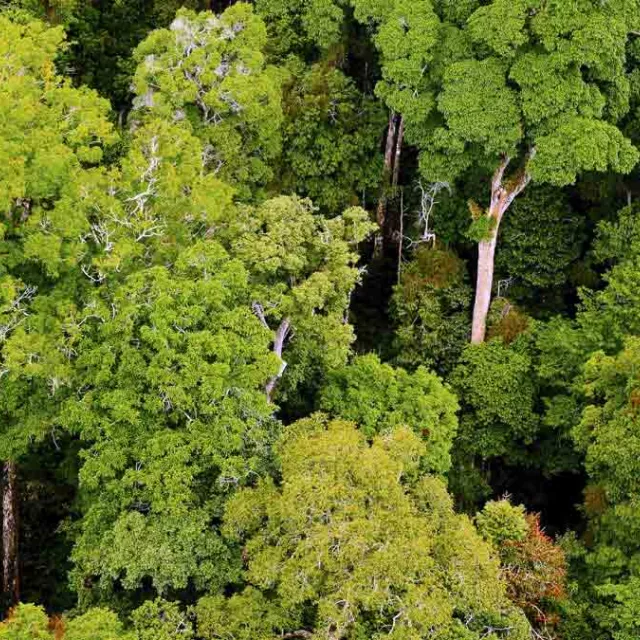
Canopy
This lush layer is made up of trees standing anywhere from 60 to 150 feet tall with large, leathery leaves that block 80% of the sunlight. There is a warm, humid habitat here with abundant fruits, nuts and leaves. Monkeys, sloths, tree frogs, margay cats, ants, beetles, bats, toucans, parrots, hummingbirds, snakes and lizards can be found here. Many never touch the forest floor in their lifetime.
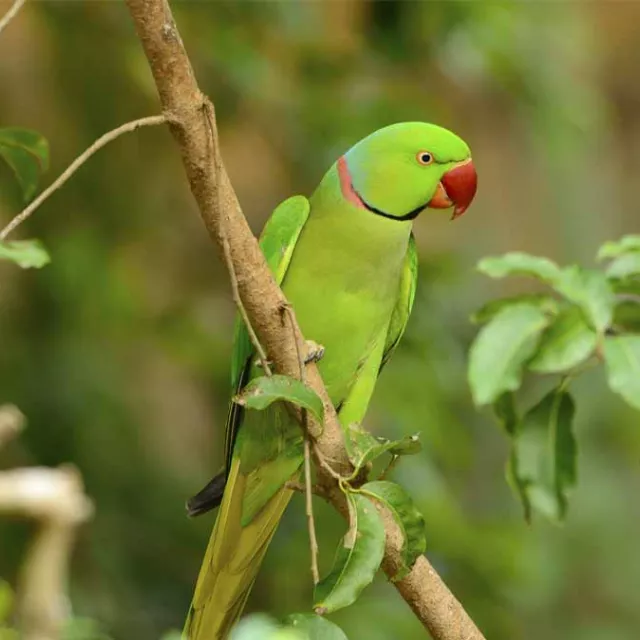
Understory
Here you’ll find shade-loving plants that reside under the canopy and receive little light. Some of our more popular house plants live in this layer and provide homes for butterflies, termites, toads, frogs, snakes, lizards, beetles and parakeets.
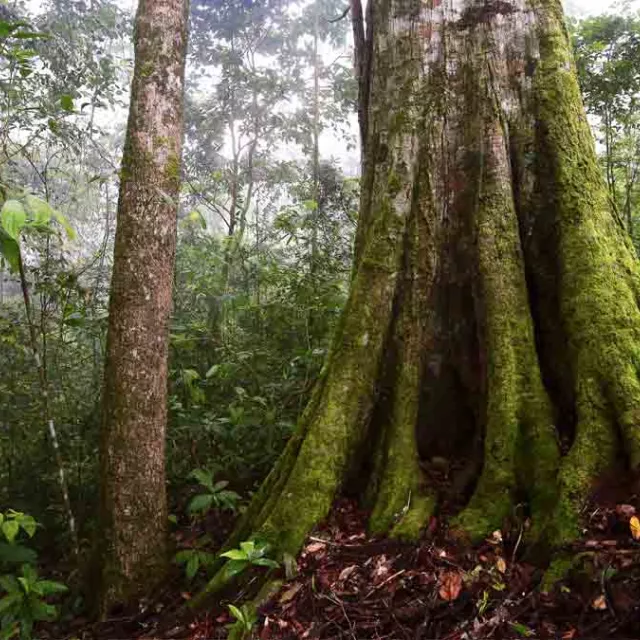
Forest Floor
This layer receives only scattered rays of light. There are few flowering plants here, but edible roots and tubers abound. Tapirs, armadillos, peccaries, slugs, centipedes, cockroaches, termites, beetles and many decomposers live here.
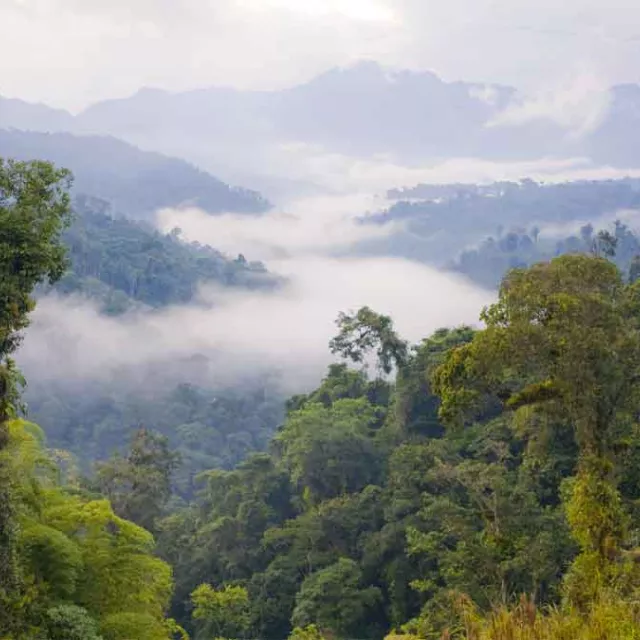
Emergent Layer
Only a few trees emerge from the forest to tower above the rest. These trees are exposed to harsh sun and strong winds. They are mostly hardwoods like teak and mahogany, with waxy leaves. Living in this emergent layer are eagles, some species of monkeys, flying insects, insect-eating snakes and bats.
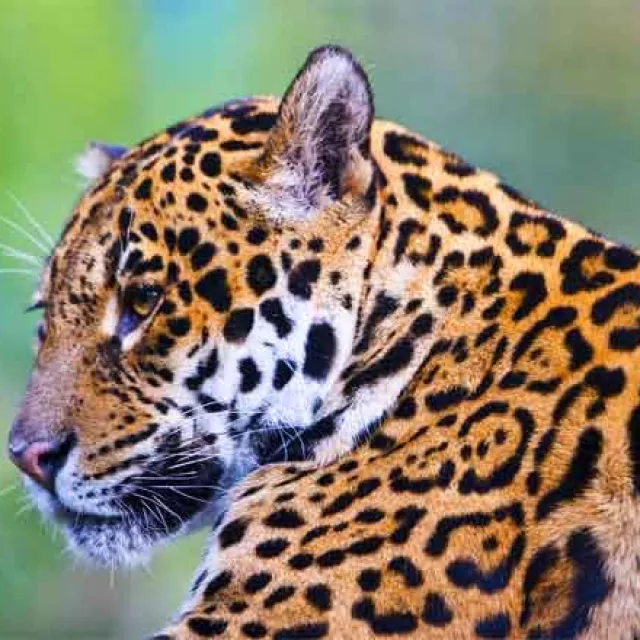
Rain Forest Animals
Throughout all the different layers of a tropical rain forest, you’ll find a wide variety of animals. Most of us think of monkeys when we think of rain forests. Other rain forest mammals include sloths, tapirs, jaguars, ocelots, kinkajous, lemurs and agouti.
The warm, moist environment is also an ideal habitat for reptiles and amphibians. Many types of frogs, salamanders, snakes and lizards can be found in almost every layer of the forest.
Butterflies and moths are plentiful in the tropics as well. Many migrate, wintering in a rain forest and spending summers in our backyards.

Rain Forest Birds
Rain forests are unequaled in their richness of bird species. Some birds — such as hummingbirds, harpy eagles, spectacled owls, toucans, macaws, quetzals, hornbills and finches — make their home in the forests year-round.
Others are temporary residents. Many of the songbirds we enjoy in our yards every summer spend their winters in the rain forests of Mexico, Central America and South America — relying on the forest for refuge during the colder months.
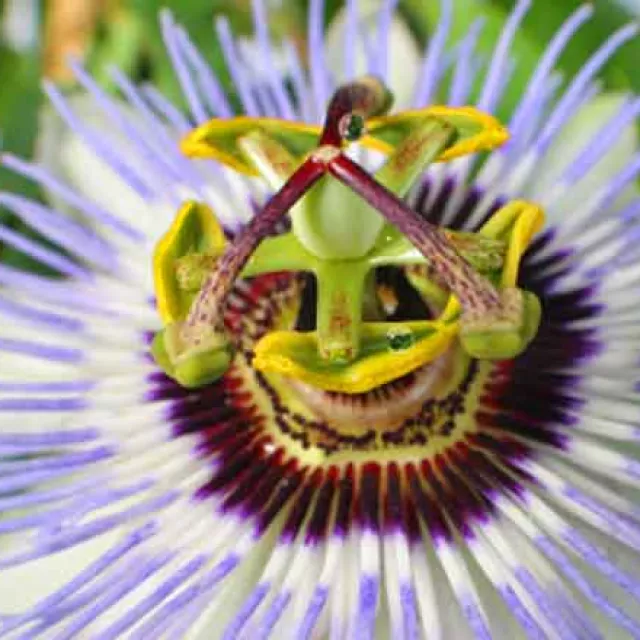
Rain Forest Plants
Over 200,000 species of plants thrive in rain forests. This abundance is due to the warm, humid environment and includes some of the most beautiful and interesting flora. All of the rain forest plants work to provide food and shelter for rain forest animals as well as convert carbon dioxide to oxygen.
Competition at ground level for light and food has led to some unique plant evolution. Some plants live on the branches of other plants and use “air roots” to draw nourishment from the air. Others, like the strangler fig, will wrap themselves around (and ultimately strangle) large trees to fight for survival.
Beyond beauty and interest, tropical rain forest plants contribute to modern medicine. It is believed that approximately 25% of all Western medicines on the market today come from plants found only in tropical rain forests. This includes treatments for a variety of cancers, malaria, multiple sclerosis, Parkinson’s disease, high blood pressure and more. But there is still so much untapped potential. According to Michael Blalick, director of the Institute of Economic Botany (part of the New York Botanical Garden), of all the known plant species, “less than 3 percent have been tested for their medical applications.”
Contribute to Rain Forest Rescue
The importance of tropical rain forests is undeniable. You can help save this integral piece of the planet.
Your donation makes a real difference in terms of trees and all the life they support. Contributions to Rain Forest Rescue fund local programs making strides to protect the rain forest and educate those who rely on it for survival.
